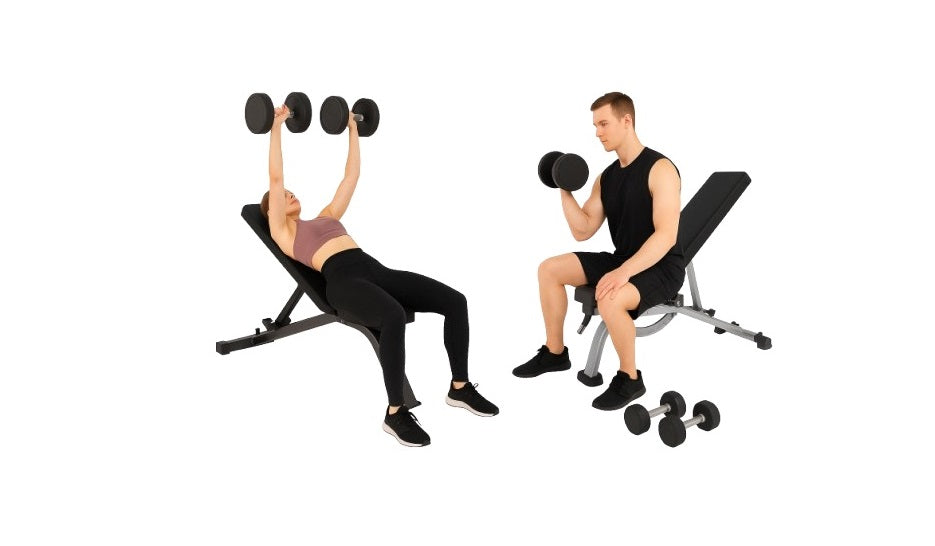fitness for all: inclusive exercise program
In a world that celebrates diversity, the realm of fitness should be no exception. The concept of "Fitness for All" emphasizes the importance of creating inclusive exercise programs that cater to individuals of varying abilities, backgrounds, and fitness levels. This approach not only promotes universal wellness but also contributes to a more compassionate and supportive fitness community.
Understanding Inclusivity in Fitness:
Inclusivity in fitness involves designing programs that consider the diverse needs and capabilities of participants. It goes beyond physical differences to encompass factors such as age, gender, cultural background, and health conditions. An inclusive exercise program aims to make fitness accessible to everyone, fostering an environment where individuals feel welcome and comfortable engaging in physical activity.
Key Components of an Inclusive Exercise Program:
Adaptability and Flexibility:
A successful inclusive exercise program is adaptable to different fitness levels and can be modified based on individual needs. This might involve offering various intensity levels for exercises, providing alternative movements, or incorporating adaptive fitness equipment to accommodate different abilities.
Cultural Sensitivity:
Cultural diversity plays a significant role in designing inclusive programs. Consider incorporating exercises and activities that resonate with diverse cultures, ensuring that participants feel a sense of belonging. This may involve incorporating music, dance, or rituals from various cultural backgrounds.
Accessibility:
Physical and logistical accessibility is crucial for inclusivity. Select locations that are wheelchair accessible, provide clear communication about the availability of adaptive equipment, and ensure that instructional materials are available in multiple languages.
Educational Support:
Offer educational resources to help participants understand the importance of fitness, regardless of their starting point. Include information on the benefits of exercise for mental and physical health, as well as guidance on proper form and technique.
Community Engagement:
Foster a sense of community by creating a supportive and encouraging atmosphere. Incorporate group activities that encourage interaction, teamwork, and camaraderie, promoting a positive social experience for participants.
Benefits of Inclusive Exercise Programs:
Improved Physical Health:
By tailoring fitness programs to individual needs, participants are more likely to engage consistently, leading to improved overall physical health. This can include increased cardiovascular fitness, strength, flexibility, and balance.
Enhanced Mental Well-being:
Inclusive exercise programs contribute to mental well-being by providing a supportive community where individuals feel accepted and motivated. Regular physical activity has been linked to reduced stress, anxiety, and depression.
Community Building:
Creating an inclusive fitness environment fosters a sense of belonging and community. Participants are more likely to stick with their exercise routine when they feel supported and connected to others with similar goals.
Conclusion:
"Fitness for All" is not just a slogan; it's a commitment to making wellness accessible to everyone, regardless of their background or abilities. By embracing inclusivity in exercise programs, we can build a healthier, more vibrant community that celebrates diversity and promotes universal well-being. Let us continue to strive for fitness initiatives that leave no one behind, ensuring that everyone has the opportunity to lead a healthier and happier life
 WEIGHT PLATES
WEIGHT PLATES
 Cast Iron Olympic Plates
Cast Iron Olympic Plates
 Olympic Rubber Weight Plates
Olympic Rubber Weight Plates
 PVC Weight Plates
PVC Weight Plates
 DUMBBELLS
DUMBBELLS
 Rubber Hex Dumbbells
Rubber Hex Dumbbells
 Cast Iron Adjustable Dumbbells
Cast Iron Adjustable Dumbbells
 Round Head Dumbbells
Round Head Dumbbells
 Neoprene Dumbbells
Neoprene Dumbbells
 BENCHES
BENCHES
 CARDIO
CARDIO
 BARBELL BARS
BARBELL BARS
 Home Gym Deals
Home Gym Deals
 Olympic Bumper Plates
Olympic Bumper Plates
 Tri Grip Plates
Tri Grip Plates
 Weight Plates Combo
Weight Plates Combo
 Olympic Steel Hub Bumper Plates
Olympic Steel Hub Bumper Plates
 PVC Dumbbells
PVC Dumbbells
 NUO Style Adjustable Dumbbells
NUO Style Adjustable Dumbbells
 Olympic Barbells 2"
Olympic Barbells 2"
 Standard Barbells 1"
Standard Barbells 1"
 Fixed Weight Bars
Fixed Weight Bars
 Benches with Pulley & Rack
Benches with Pulley & Rack
 CARDIO
CARDIO
 Foldable Walking Pads
Foldable Walking Pads
 Exercise Bikes
Exercise Bikes
 RACKS, CAGES & SMITHS
RACKS, CAGES & SMITHS
 Smith Machines
Smith Machines
 Power Racks
Power Racks
 Squat Racks
Squat Racks
 STORAGE RACKS
STORAGE RACKS
 Dumbbell & Kettlebell Racks
Dumbbell & Kettlebell Racks
 Mini Dumbbell Racks
Mini Dumbbell Racks
 Adjusatble Dumbbell Stands
Adjusatble Dumbbell Stands
 MORE
MORE
 Kettlebells
Kettlebells
 Adjustable Kettlebells - Single & Pair
Adjustable Kettlebells - Single & Pair
 Floor Mats
Floor Mats
 Yoga
Yoga
 Push Up
Push Up
 Resistance Bands
Resistance Bands
 Barbell Pads
Barbell Pads
 Dumbbell Handles
Dumbbell Handles
 Jump Ropes
Jump Ropes












































